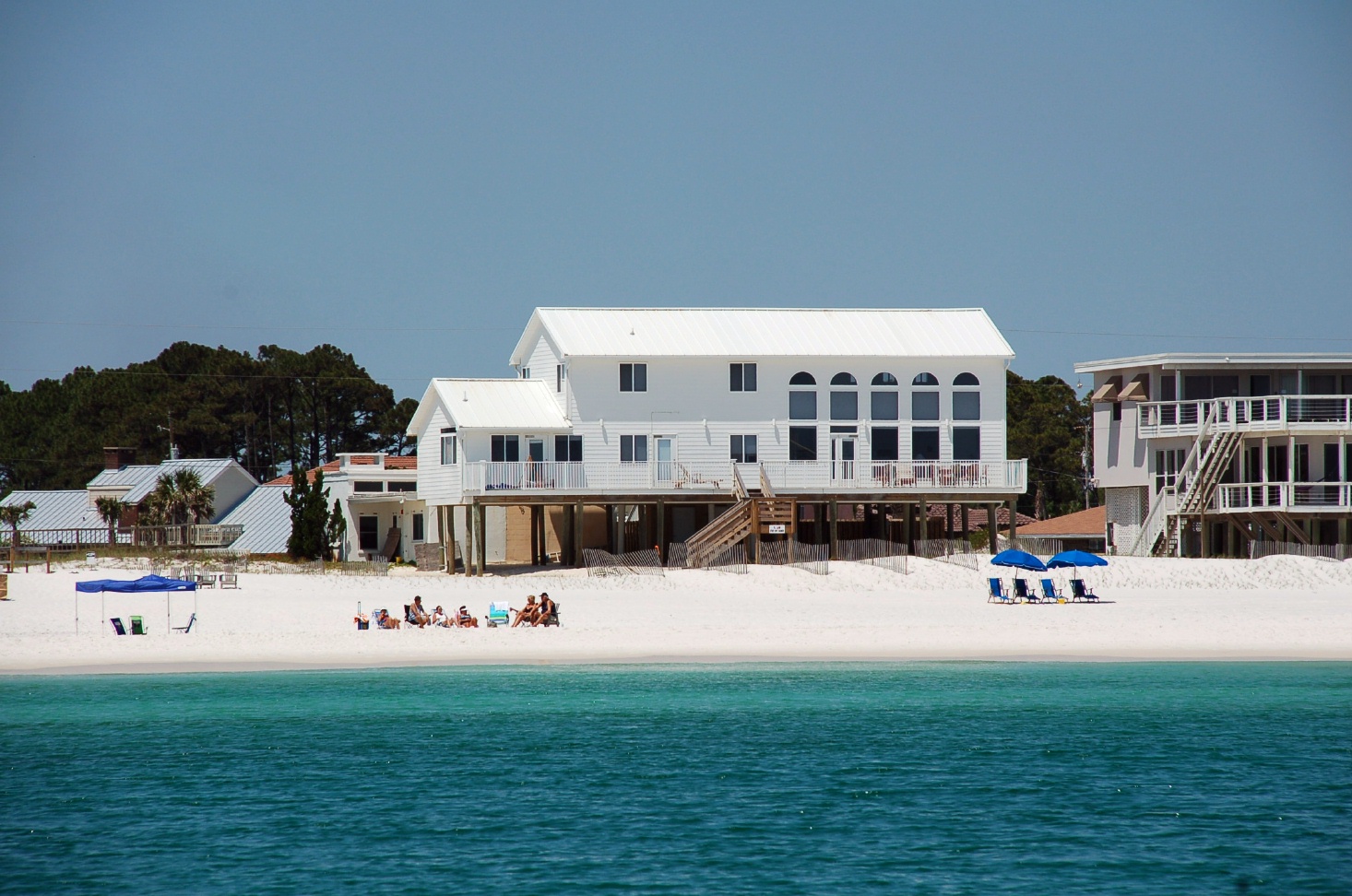“Holidaying must be decarbonised. This requires innovations that will decarbonise travel as well as more localised interventions…we need alterations in current planning regulations and practices.”
The heat waves that have been experienced this summer are a reminder that we need to take climate change as a serious threat to life on this planet. The current media and political debates are too often focused on short-term solutions to the energy crisis. Any solutions to the energy crisis need to be positioned within the context of political interventions intended to decarbonise lifestyles and this requires an integrated approach.
Time is running out and all nations and communities are beginning to pay the price for failing to develop and implement realistic solutions to reducing activities that contribute to climate change. The price will be more heatwaves, droughts, storms, and floods, but this price will also include food and water shortages.
In the UK, the planning system needs to be radically overhauled to ensure that all developments contribute to supporting carbon light lifestyles. There are many issues here including planning to create more local lifestyles.
There is an interesting tension between holidays and climate change. Holidaying must be decarbonised. This requires innovations that will decarbonise travel as well as more localised interventions. At a local level, we need alterations in current planning regulations and practices.
Holidaying closer to home is one solution to decarbonising holidays, but there are challenges here that need to be overcome. North Norfolk, for example, has the largest number of second homes anywhere in England and Wales outside London. In some of the most sought-after coastal villages more than half of available properties are second or holiday homes. Thus, Salthouse, a village on the north Norfolk coast contains 157 homes of which 79, or 50.3%, are second or holiday homes whilst the village of Blakeney contains 289 second or holiday homes out of a total of 579 homes.
The Levelling-up and Regeneration Bill includes some interventions intended to reduce the impacts of empty second homes on towns and villages. Nevertheless, there are tensions here in that second and holiday homes create direct, indirect, and induced localised economic impacts, but they also undermine local communities including distorting local property markets.
The impacts on local property markets are well-known with locals priced out by second homeowners. In Blakeney, for example, pricing out is a long-term problem. In 1946 the Blakeney Neighbourhood Housing Society was established to provide affordable housing for local people. This society now owns 39 houses and cottages in Blakeney, and neighbouring villages, which are let at affordable rents to tenants with a local birth tie. This housing society makes an important contribution to ensuring that locals can continue to live in an area with a housing market distorted by its links to London and the South East. Policies need to be developed that ensure that second and holiday homeowners support the activities of organisations like the Blakeney Neighbourhood Housing Society. This could include incentives designed to encourage properties to be gifted to local housing associations and a council tax supplement on second and holiday homes that would fund the purchase and development of additional social housing.
For planning a key issue is to ensure that new developments are designed to meet the needs of the local community. For a village like Blakeney, for example, developers have been acquiring sites and then building large executive style houses designed to be sold as second homes or targeted at purchasers from beyond the local area. Prices are more than £800,000. These executive style homes stand out in the village as being quite different from the existing housing stock. Planning should pay more attention to ensuring that new housing is similar in scale to the existing housing stock and developers should contribute to support the needs of those with local birth ties.
There is another side to second and holiday homes that has been too often ignored. Temporary visitors to these communities need to be very aware of the problems that they create for residents. This includes parking, noise, and air pollution. Barbecues make localised contributions to air pollution with a typical summer barbecue for four people releasing more greenhouse gases than an 80-mile car journey.
In Blakeney the houses owned by the Blakeney Neighbouring Housing Society are often surrounded by second and holiday homes. Long-term residents then must cope with uncertainty as they never know who will be occupying these holiday homes. Thus, some holidaymakers will be responsible and try not to disrupt the lives of permanent residents and others will cause problems as they holiday without thinking about the consequences their actions will have on other people, including permanent residents.
John R. Bryson, Professor of Enterprise and Economic Geography, Birmingham Business School.































































































































































































































